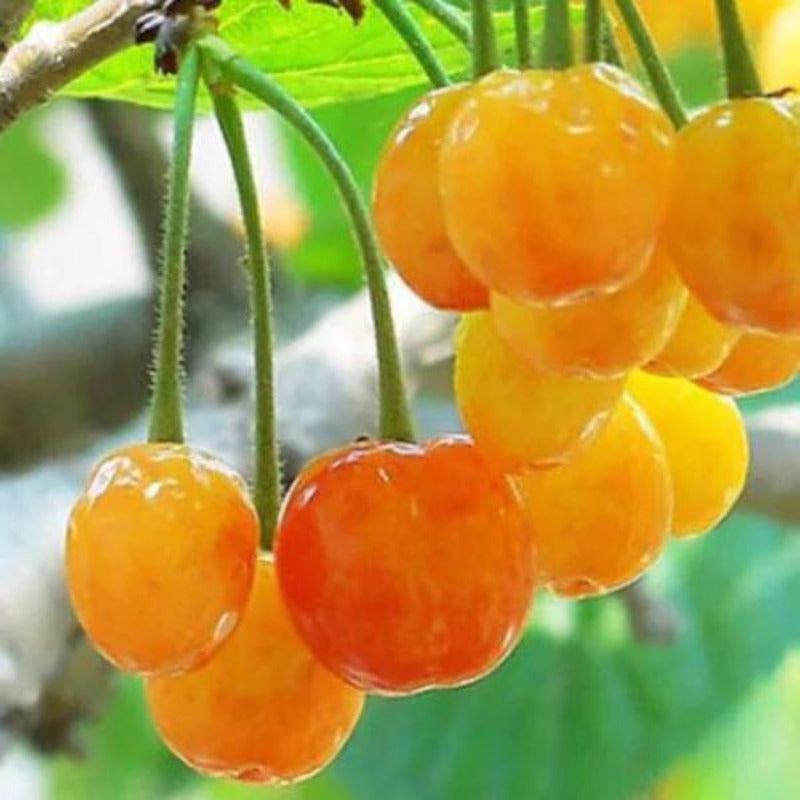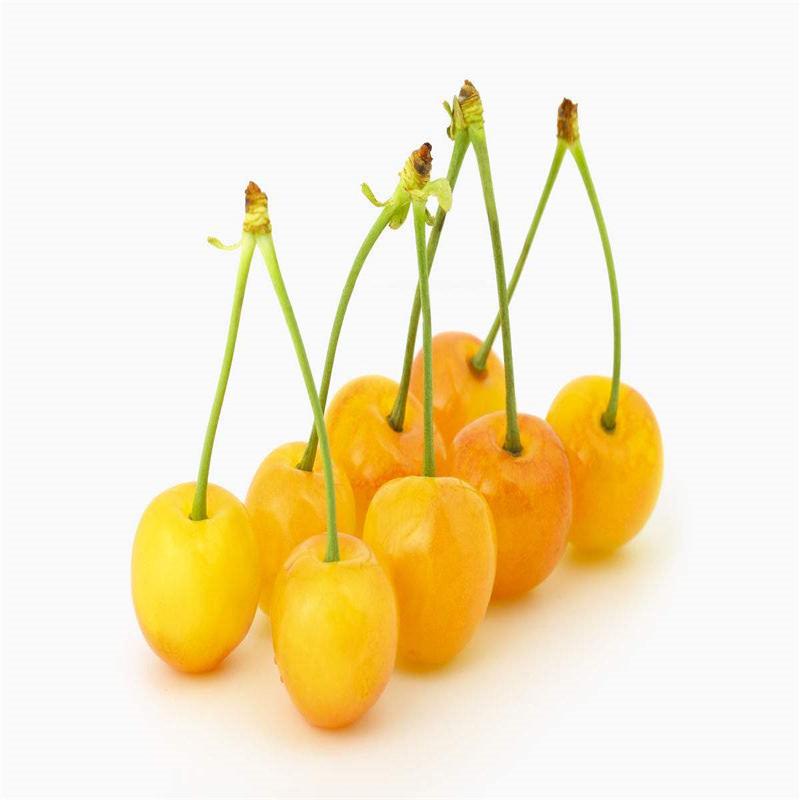- Species and varieties: Cherry fruit seeds belong to the genus Prunus. There are several species and varieties of cherry trees, including sweet cherries (Prunus avium) and sour cherries (Prunus cerasus). Popular varieties of sweet cherries include 'Bing', 'Rainier', and 'Lapins', while common sour cherry varieties include 'Montmorency' and 'Morello'.
- Hybrid or heirloom: Cherry seeds can be both hybrid and heirloom. Hybrid varieties are often bred for specific traits such as disease resistance and larger fruit size, while heirloom varieties are traditional cultivars that have been passed down through generations without genetic modification.
- Pruning and training: Cherry trees require regular pruning to maintain their shape, remove dead or diseased wood, and promote healthy growth. Pruning should be done in late winter or early spring before new growth begins. Training young trees to a central leader or open center shape can help improve air circulation and sunlight penetration.
- Fertilization needs: Cherry trees benefit from a balanced fertilizer applied in early spring before new growth starts. A 10-10-10 (N-P-K) fertilizer is commonly used. It's important to follow soil test recommendations and avoid over-fertilizing, as excessive nitrogen can lead to poor fruit production and increased susceptibility to diseases.
- Hardiness zones: Cherry trees are suitable for USDA hardiness zones 4 through 9, depending on the variety. Sweet cherries generally prefer zones 5 to 9, while sour cherries can tolerate colder climates and are suitable for zones 4 to 8.
- Climate requirements: Cherry trees require a temperate climate with cold winters and warm summers. They need a period of winter chill to break dormancy and produce fruit. Sweet cherries prefer a slightly warmer climate compared to sour cherries. Both types require well-drained soil and full sun exposure for optimal growth.






